In the collective imagination, everyone knows how a snare drum looks like. My curiosity led me to find out how we got here, getting to know more about the repertoire and the use of this surprising instrument. Through my research, I’ll cover a timeline going from prehistory to the XX century. I decided to keep it limited to Europe, as I will make a dedicated post about American history.
Are you curious about when the whole drumset was invented? Don’t miss this article!
Let our trip begin!
A Drum's history
Listed in the family of membranophones, the drum is one of the first musical artifacts in human history. Archeological finds date it back to 6000 BC in areas of today’s China. Its function was linked to non-vocal communication, with an important role in religious contexts. The first specimens of metal drums date back to the Bronze Age and were found in the area of today’s Vietnam. The Dong Son drums (expression of the homonymous culture that flourished in the 3rd century BC) testify a very high level of craftsmanship. The Ngoc-Lu drum, found in 1893, reveals a tympanum with three concentric panels decorated with pictures of animals and humans who appear to be performing a ritual.
The first contact with Europe comes through Greece, where the instrument known as Danbara in the ancient Persia, was imported with the name of tympanon. It will be known in the Roman culture as tympanum. Arab culture was among the first to use drums in the military field, with specialized departments who would give orders through predetermined patterns.
With this new role, the drum enters once more in Europe during the Middle Ages, when the Arab invade and conquer Spain in the VIII century AC. The Cantigas de Santa Maria, a collection of Spanish monophonic songs commissioned by king Alfonso X of Castile, shows miniatures depicting, among other musicians, two Pipe and Tabor players.
The first years of the Early Middle Ages mark the coming of an important figure, the Pipe and Tabor player. He would play a three-hole flute with one hand, and a drum with the other. Lincoln Cathedral offers one of the first sculptures of these performers.
Descendants of Pipe and Tabor are the Fife and Drums, shown for the first time on the Basel city chronicles, in 1332. The difference is given by the Fife, which is a six-hole transverse flute made of metal. In the 14th century the Old Swiss Confederacy was fighting for independence from the Habsburg empire. The Battle of Laupen (21 June 1339) is the very first certified use of Fife and Drums as specialized corps in the Swiss army. Their duty was to set the marching time as well as to communicate tactical placements through predetermined rhythmic codes.
Given the great effectiveness of the war tactics, other kingdoms started hiring swiss mercenaries. In order to transfer knowledge and repertoire, all known rudiments were collected and notated, including the results of the meeting of two different drum cultures.
Over time, the repertoire gradually lost its military significance becoming a popular custom. Erasmus of Rotterdam wrote to his friend Valerius on September 26, 1529:
“In Basel the drums are heard not only in war but at weddings and on holidays too, indeed even in the churches, and the children run in the streets and the young brides dance to their sound”.
The importance of the drums in Basel’s culture is confirmed from the tradition of the Fasnacht, Basel’s three days carnival that takes place the Monday after Ash Wednesday.
Orchesographie – Methode et Theorie
In 1589 Thoinot Arbeau writes an essay in the form of a dialogue between pupil and teacher, where he explains how and what a drummer should play and how a dancer should dance. For the drummer, he indicates rhythmic figures and main strokes, for the dancer steps and movements. It’s the first time that we see an accurate transcription of a drum part. In addition to the notation, Arbeau adds also syllables tan indicates 1 stroke, tere 2 strokes, fre 4 strokes.
Bradley Spinney in his work Instruments and Drumming, made a transcription in modern notation of 4 tables (click on the slide to enlarge the pictures).
As specified by Arbeau himself, the very last stroke of each sequence had to be played with a perfect unison. The further development of this stroke will lead to the use of a grace note, that we know as flam, as already written in Spinney’s transcriptions.
In this same work, we have the first mention of an instrument which is slightly different from the Tabor. Arbeau mentions a drum which has two snares on one of the two heads. The embryo of the snare drum is just born.
Pistofilo Bonaventura – Il Torneo
Another cornerstone in our research is the manuscript “Il torneo di Bonaventura Pistofilo Nobile Ferrarese dottor di legge e cavaliere. nel Teatro di Pallade dell ‘ordine Militare, et Accademico . . .“, written by Pistofilo Bonaventura and published in 1627. The document was a collection of laws for a tournament of knights coming from all over Europe. Nevertheless, it contains a section with clear examples of drum techniques and drum sheets, both for the drummer and the knight that should have clear how to interact with the drum. Being this tournament “international” Bonaventura highlights the characteristics a drummer should have:
The drummer should generally be witty, lively, practical, and experienced. He should have the ability to play in the style of all nations and should be familiar with all the different “sonatas” used in war, such as the one used in reveille, assembly, dismiss . . . . retreat, burial of the dead, ordering, and entering into battle. […] Because the knights entering the field can be from different nations, and since the mercenary soldiers used often follow different disciplines, a wide range of formations exist when entering the battle field. These include crosses, triangles, half moons, and so forth. The drummer has to be proficient in the beats and styles of all prominent nations, including Italy, Spain, France, Germany, Poland, and Turkey.
As well as in Arbeau, Bonaventura uses syllables to name the strokes (ta, pa, ra) and indicates the sticking by using stem down for the right hand and stem up for the left. This choice could be given from the way drummers used to carry the drum while marching or walking. It would be presumably along the left side and in order to play the drummer should use a matched grip on the right hand and a sort of traditional grip on the left. In this way, also visually, the right hand would be the lowest and the left the highest.
Main European drum traditions
From the XVI century, the Scottish, English and French drum traditions became more and more relevant.
In France a new denomination was introduced, caisse claire and caisse roulante. In 1705 Andrè Phillidor releases “Partitions de plusieur marches et batterie de tambour”, a collection of marches for drums, oboe and fife. The level went so high that in 1754 the book “L’instruction de Tambours et diverse batterie de l’ordonance” was released. It contained instructions to tune drums, tips for technique and a collection of 12 pieces for drums and fifes.
With Napoleon and the renown Garde Républicaine (1802), the dexterity of the drummers rises up even more, due to the long duration of military service.
Important in this period are the works of Alexandre Raynaud, who collected and transcribed the repertoire of the time, among which we remember “Le 3 Dianes”, “La Marche du Pere Lafon”, “La Tordue” e “Le Rigodon”.
The snare drum in the XIX and XX centuries
In the XIX century the snare drum was part of the instruments of the classical orchestra. In 1817 Gioacchino Rossini uses the snare drums in the overture of La gazza ladra. Given the military tradition, they were used to depict the return from war of Giannetto, one of the main characters. For the first time in history, drums and percussions were used as integral part of the composition, not anymore as a signal for the begin of the Opera. At this point the notation gets updated. The right hand is now written in the first space (F) and the left in the last (E). Rolls are written in the third space (C). This method was not so efficient and was slowly abandoned. All the notes are now written on the third space and the stems indicate the sticking.
Conclusions
It was a pretty long journey, wasn’t it? Hundreds of years in just a few lines. I hope you found this article interesting and stimulating. Going deeper in the history of this beautiful instrument taught me so much! It changed my approach, making me more aware of what I was playing but most of all…WHY!
p.s. I wrote an article about NARD and the history of drums in the USA. Check it out!
If you want to know more, hit the contact button, give me a call or send me an email! Stay in Touch!
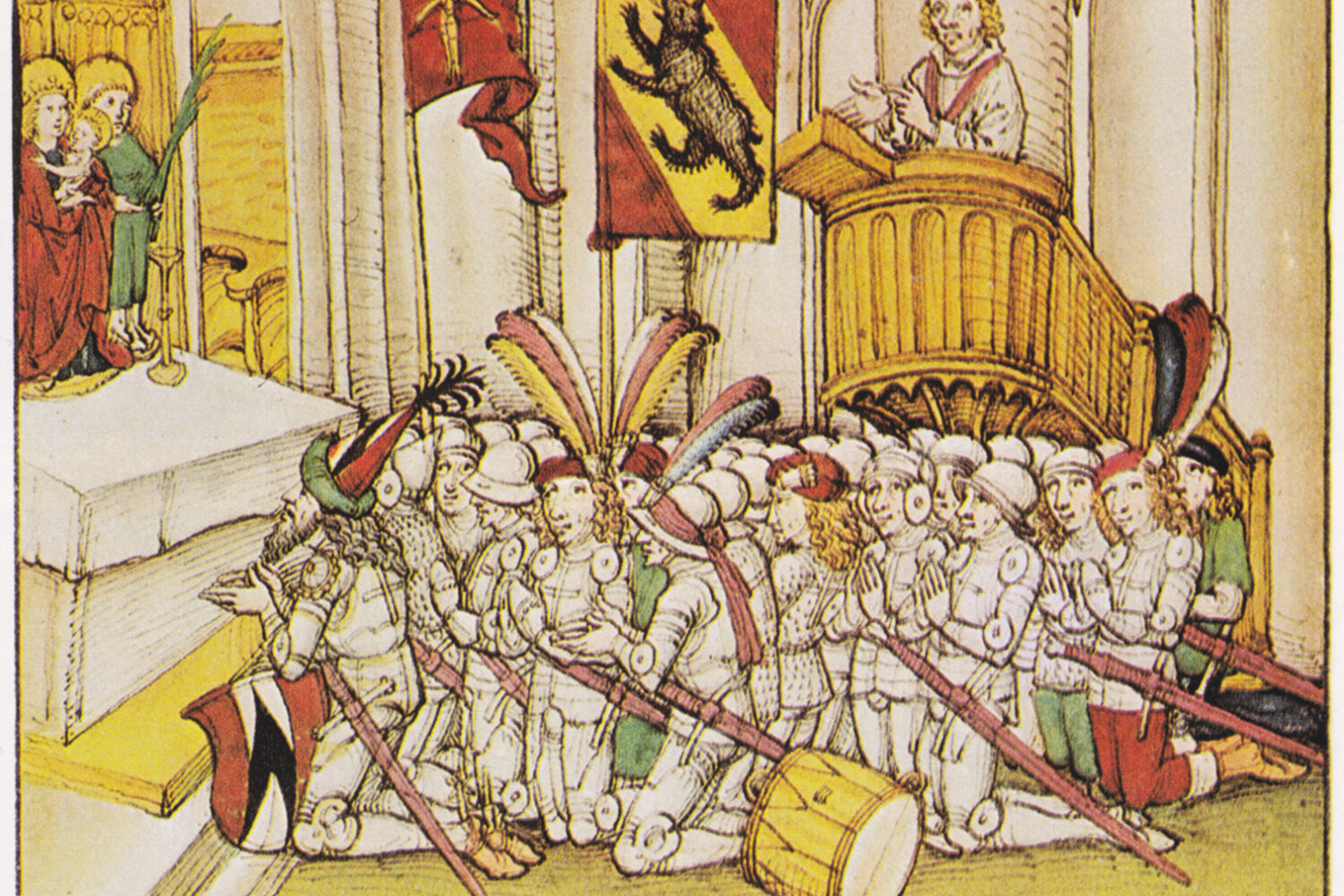
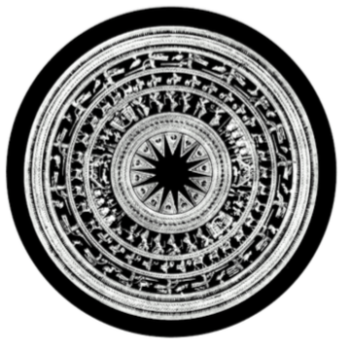


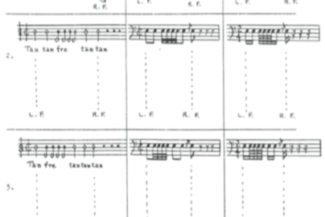
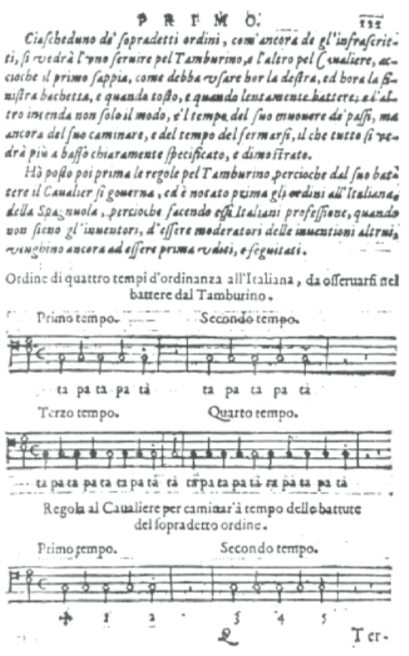

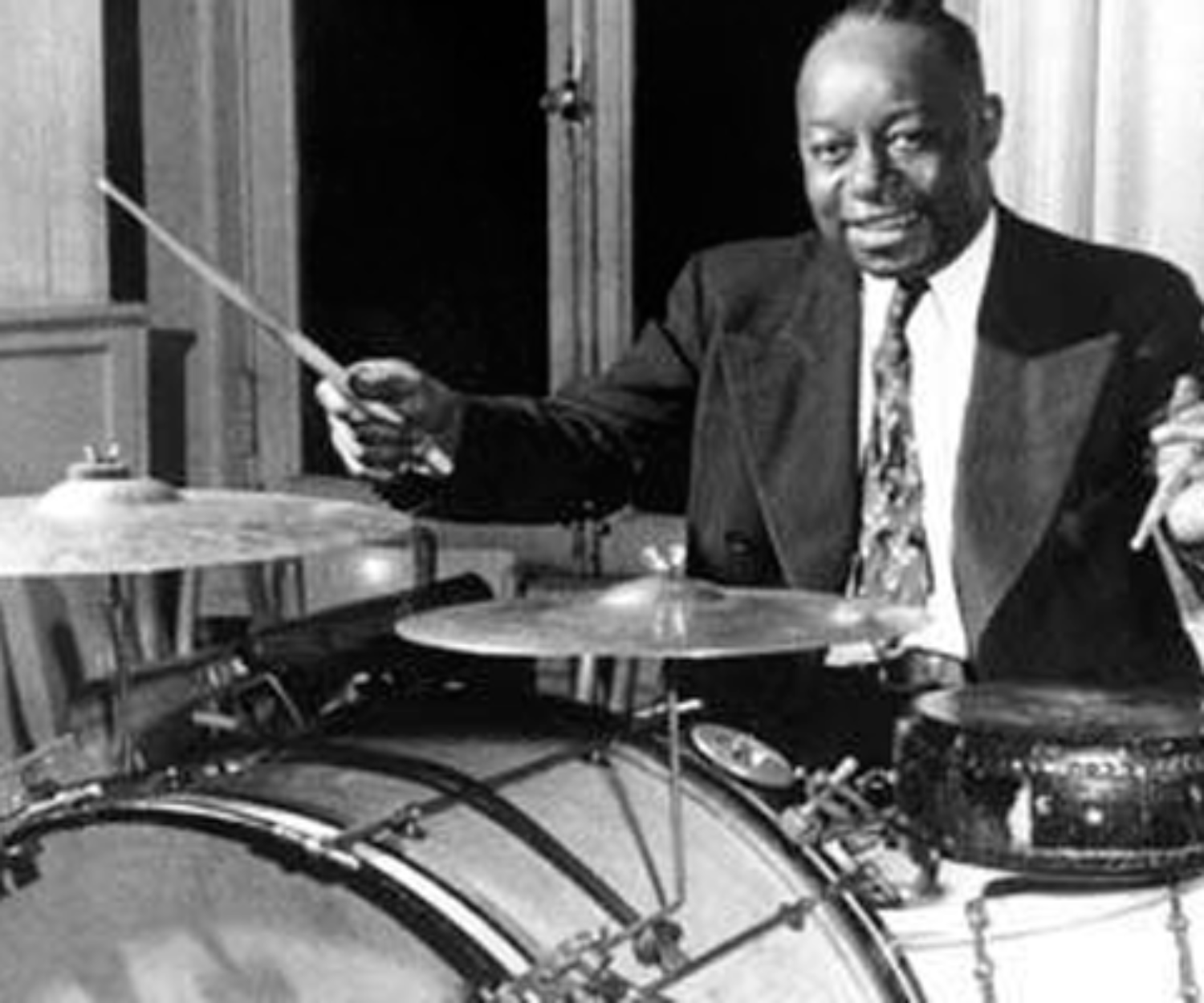
Comment (1)
Comments are closed.